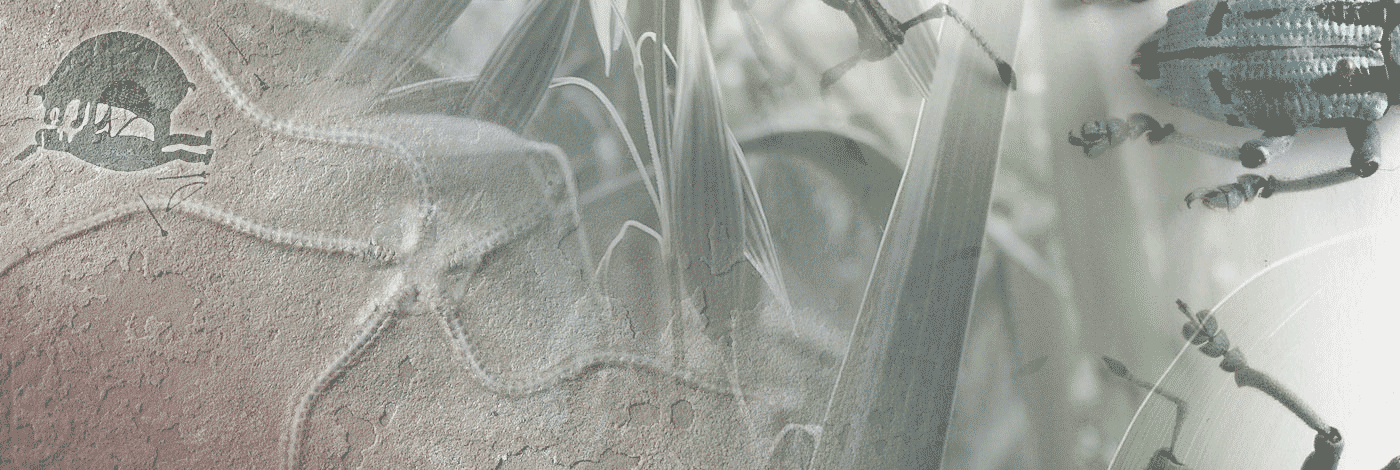
 Bulletin du Muséum national d'Histoire naturelle, 4ème série – section C – Sciences de la Terre, Paléontologie, Géologie, Minéralogie
17 (1-4) - Pages 235-268
Bulletin du Muséum national d'Histoire naturelle, 4ème série – section C – Sciences de la Terre, Paléontologie, Géologie, Minéralogie
17 (1-4) - Pages 235-268This study reveals new morphological features of Diabolepis based on new specimens and further preparation of previously available materials. Cranial characters are summarized and analyzed in order to provide a basis for discussing the relationships of Diabolepis. The cranium of Diabolepis shows a number of primitive sarcopterygian characters. Previous hesitation in placing Diabolepis in the Dipnoi mainly arose from these primitive sarcopterygian features. In Diabolepis, the pterygoid plate and lower jaw bear more dipnoan characters than the cranium. Although these features in the pterygoid plate and lower jaw are typical of the dipnoan condition, uncertainty as to whether the lower jaw, pterygoids and cranium belong to the same animal was used as the main reason for not accepting Diabolepis as a dipnoan. The present study reveals further evidence that the lower jaw, pterygoids and the cranium belong to the same form. For example, the processes along the median margin of the dorsal surface of the palatoquadrate fit well into the corresponding fossae on the ventral side of the neurocranium. This is corroborated by similar disposition of dermal bones, tooth morphology and wear patterns shown on the palate and lingual face of the lower jaw. These and other uniquely shared features lend further support to a close relationship between Diabolepis and dipnoans. The significance of the Diabolepis and its bearing on the close relationship between dipnoans and porolepiforms (including Powichthys and Youngolepis) are further discussed.
Vertebrata, Sarcopterygii, Dipnoi, Devonian, China, anatomy, phylogeny